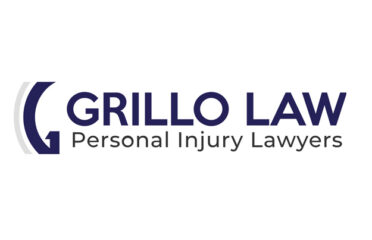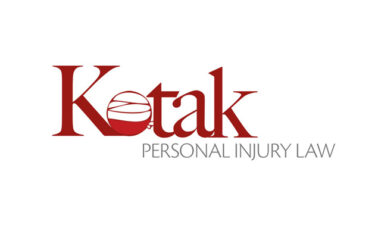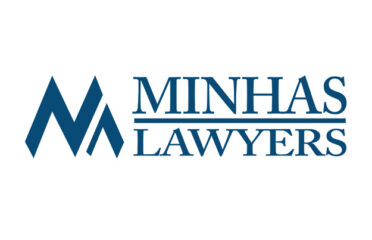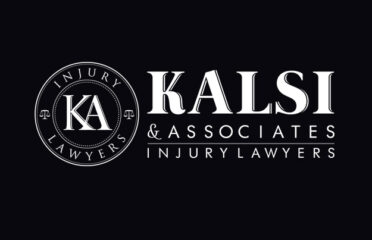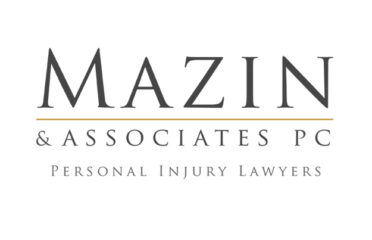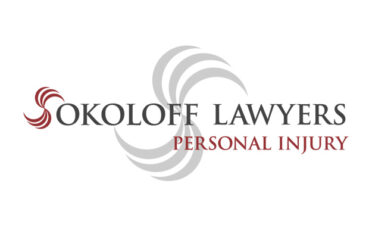What is Personal Injury Law in Canada?
Personal injury law in Canada provides legal recourse for individuals who have suffered physical, psychological, or financial harm due to another party’s negligence or intentional actions. With over 150,000 personal injury claims filed annually across the country, this area of law helps injured Canadians obtain compensation for medical expenses, lost income, and pain and suffering. This guide examines the fundamentals of personal injury claims, common case types, provincial variations, and the claims process in Canada’s unique legal landscape.
1. Foundations of Personal Injury Law
A. Legal Basis
Canadian personal injury law operates under tort law principles, primarily negligence. To succeed in a claim, plaintiffs must prove:
-
The defendant owed a duty of care
-
The defendant breached that duty through action/inaction
-
The breach directly caused injuries
-
Compensable damages resulted
Statutory Framework: Each province has legislation governing aspects like insurance (e.g., Ontario’s Insurance Act) and limitation periods.
B. No-Fault vs. Tort Systems
Most provinces use a hybrid model:
-
No-fault benefits: Automatic payments for medical/rehab costs (regardless of fault)
-
Tort claims: Additional compensation through lawsuits for severe injuries
Exception: Quebec’s pure no-fault system (administered by SAAQ) prohibits most injury lawsuits.
2. Common Types of Personal Injury Claims
A. Motor Vehicle Accidents (55% of claims)
-
Governed by provincial insurance systems
-
Thresholds for lawsuits vary (e.g., Ontario’s “serious impairment” test)
-
Example: $3.6M award in Martin v. Fleming (BC 2022) for catastrophic injuries
B. Slip/Trip & Fall (22% of claims)
-
Property owners’ liability under Occupiers’ Liability Acts
-
Must prove dangerous condition + failure to address
-
Winter sidewalk cases particularly complex
C. Medical Malpractice (12% of claims)
-
Higher burden of proof (expert testimony required)
-
Caps on non-pecuniary damages ($400K adjusted)
D. Product Liability
-
Manufacturers’ duty for safe designs
-
Case Law: Mustapha v. Culligan (SCC 2008) set test for mental injury claims
E. Workplace Injuries
-
Usually handled through workers’ compensation boards
-
Exceptions for gross employer negligence
3. The Personal Injury Claims Process
A. Immediate Steps Post-Injury
-
Seek medical attention
-
Document evidence (photos, witness info)
-
Report to insurers/authorities
-
Consult a personal injury lawyer
B. Insurance Claims
-
File accident benefits claim (tight deadlines apply)
-
Access statutory benefits for treatment
-
Ontario Example: Up to $65K for non-catastrophic injuries
C. Tort Claim Timeline
-
Investigation (6-12 months)
-
Pleadings filed
-
Discovery process (1-3 years)
-
Mediation/Settlement (70% resolve here)
-
Trial (if necessary, 3-5% of cases)
Duration: Most claims take 2-4 years to resolve.
4. Compensation in Personal Injury Cases
A. Types of Damages
-
Special Damages (quantifiable losses)
-
Medical expenses
-
Lost income
-
Future care costs (often largest component)
-
-
General Damages (non-pecuniary)
-
Pain and suffering
-
Loss of enjoyment of life
-
Capped at ~$400,000 (Andrews v. Grand & Toy)
-
-
Punitive Damages (rare)
-
For malicious/reckless conduct
-
Example: $100K awarded in Whiten v. Pilot Insurance
-
B. Average Settlements
-
Minor injuries: $15,000-$50,000
-
Moderate injuries: $100,000-$300,000
-
Catastrophic injuries: $1M-$10M+
Reality Check: 60% of claimants receive under $50,000 after legal fees.
5. Provincial Variations in Injury Law
A. Ontario
-
Deductible on general damages (<$140K awards)
-
Threshold for auto lawsuits (permanent serious impairment)
-
Accident Benefits include attendant care
B. British Columbia
-
New Enhanced Care no-fault system (2021)
-
Still allows tort claims for serious injuries
-
Higher court awards historically
C. Alberta
-
No damage caps
-
10-year limitation period for minors
-
Structured settlements common
D. Quebec
-
Pure no-fault auto insurance
-
Medical malpractice claims only
-
Lower compensation averages
6. Recent Developments (2023-2024)
A. Auto Insurance Reforms
-
Ontario eliminating license plate stickers
-
BC expanding rehabilitation benefits
B. “Minor Injury” Definition Challenges
-
Courts striking down restrictive caps
-
R v. Aviva (2023) expanded psychological injury coverage
C. Litigation Funding Growth
-
Third-party financing for major claims
-
Ethical debates ongoing
D. Technology Impacts
-
Telemedicine for injury assessments
-
Digital evidence challenges (social media scrutiny)
7. Working with Personal Injury Lawyers
A. Contingency Fee Agreements
-
Typically 25-35% of recovery
-
No win = no fee (usually)
-
Must be in writing per provincial rules
B. Choosing Counsel
-
Specialization (e.g., spinal cord injuries)
-
Trial experience
-
Firm resources for complex cases
C. Client Responsibilities
-
Attend all medical appointments
-
Document symptom progression
-
Avoid social media posts about the case
8. Defenses in Injury Claims
A. Contributory Negligence
Plaintiff’s own fault reduces damages (e.g., not wearing seatbelt)
B. Limitation Periods
Generally 2 years from discovery (varies by province)
C. Failure to Mitigate
Not following prescribed treatments
Case Example: Gilbert v. South (2021) – 25% reduction for non-compliance
9. Case Study: Saadati v. Moorhead (2017 SCC)
This landmark ruling:
-
Eliminated need for psychiatric diagnosis in mental injury claims
-
Established functional impact test
-
Increased access to compensation for PTSD claims
10. The Future of Personal Injury Law
Emerging trends include:
-
National auto insurance reform discussions
-
AI-assisted claim assessment tools
-
Climate change-related liability (e.g., flood injuries)
-
Expanded mental health recognition
Conclusion
Canada’s personal injury system balances prompt compensation through no-fault benefits with access to justice via tort claims. While provincial differences create complexity, core principles of accountability and fair compensation remain constant. For injured Canadians, understanding these rights is the first step toward recovery—both physical and financial.
As the Supreme Court noted in Saadati: “The law of negligence protects persons from injury, not just from particular kinds of injury.” This philosophy continues shaping Canadian personal injury law’s evolution to meet new societal challenges while upholding fundamental justice.





